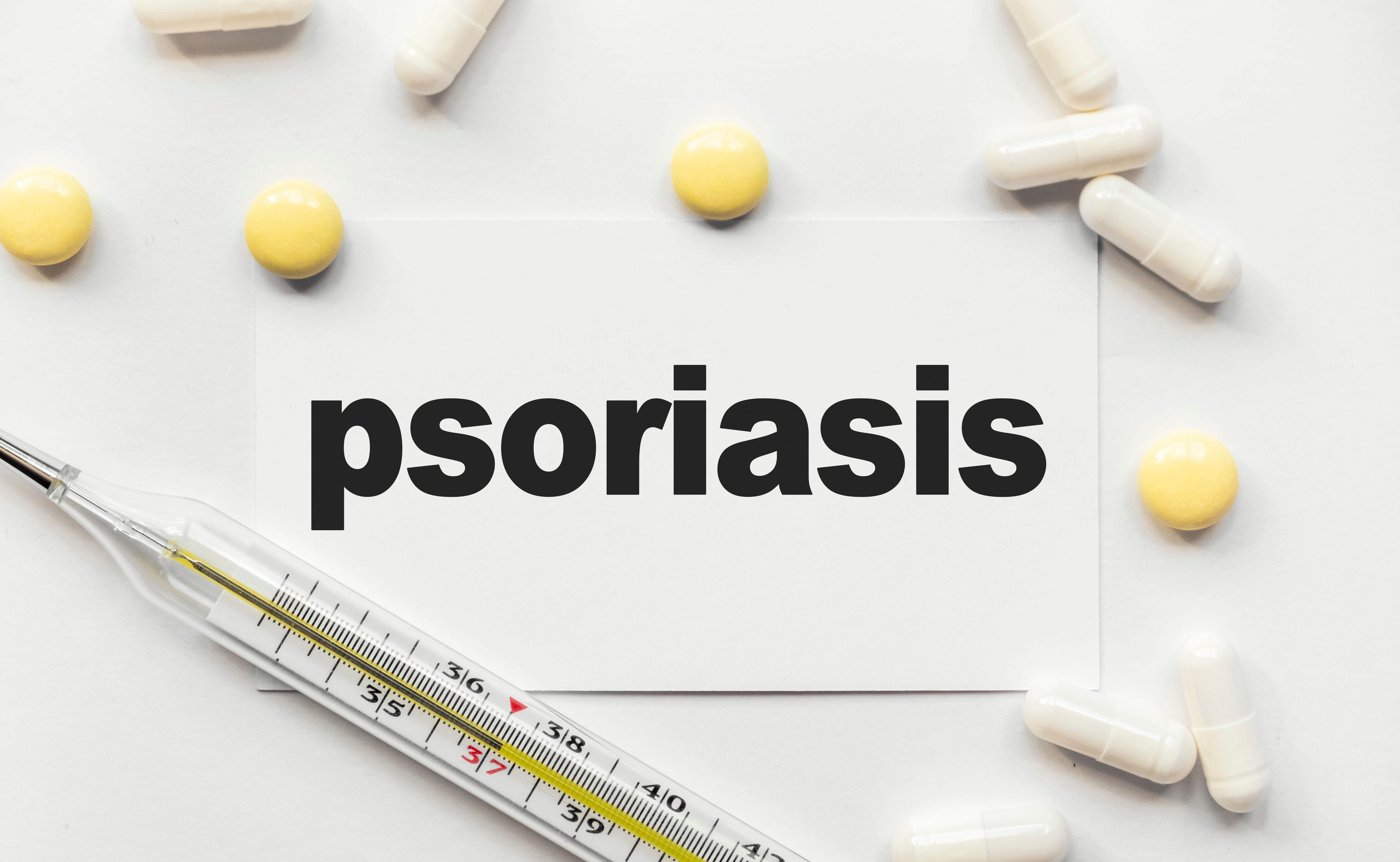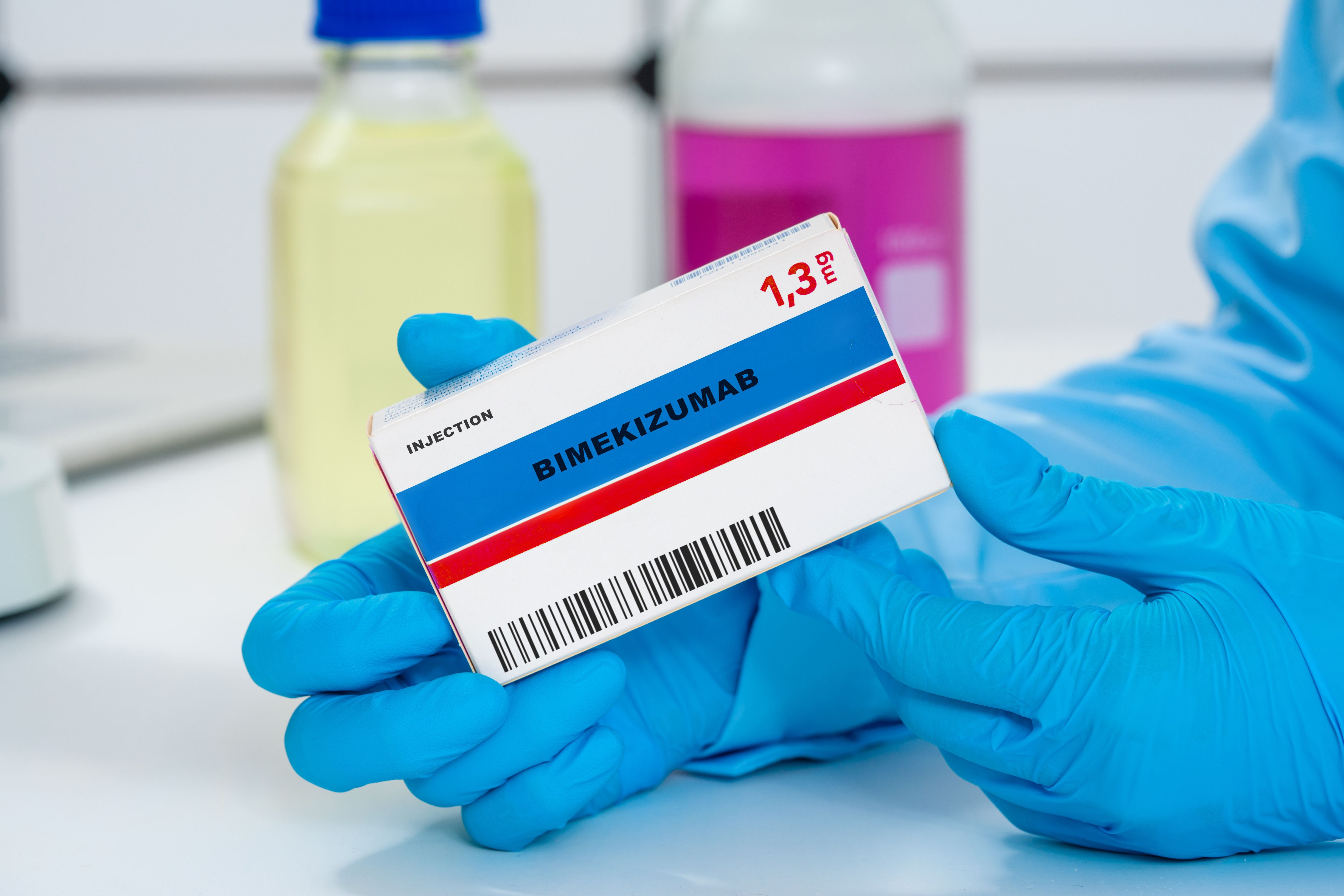Article
Researchers Describe Concomitant Interstitial Lung Disease With Psoriasis
Author(s):
A recent case series examined clinical and radiographic characteristics of patients with concomitant psoriasis and interstitial lung disease (ILD).
A recent case series examined clinical and radiographic characteristics of patients with concomitant psoriasis and interstitial lung disease (ILD).
ILD is defined as any lung disease occurring in the parenchymal interstitium (ie, the alveolar wall or alveolar septa) or loose-binding connective tissue. Type 17 helper T cells (Th17) are involved in both ILD and psoriasis and may share an underlying immunologic pathway. In ILD, they are reported to be one of the common pathways which contribute to alveolitis and enhance cytokine production in pulmonary fibroblasts, the authors wrote.
In this retrospective review of one institution’s experiences of ILD concomitant with psoriasis, researchers extracted clinical, radiographic, pathological, and outcome data from medical records and identified 21 (4.7%) out of 447 patients with ILD who also had a previous or current diagnosis of psoriasis. Patients had a median age of 66 and most (66.7%) were male. A little more than 71% were current or former smokers. The most common symptom on presentation was “cough,” followed by “dyspnea on exertion.” Thirteen (61.9%) had not previously or concomitantly been exposed to immunosuppressive therapy directed against psoriasis; 2 eventually died.
The clinical diagnosis of ILD included:
- Idiopathic pulmonary fibrosis (IPF), 52.4%
- Nonspecific interstitial pneumonia (NSIP), 9.5%
- Cryptogenic organizing pneumonia, 9.5%
- Chronic hypersensitivity pneumonitis, 9.5%
The radiographic findings included:
- Usual interstitial pneumonia pattern, 42.9%
- NSIP, 28.6%
- Organizing pneumonia pattern (OP),19.0%
- Hypersensitivity pneumonitis pattern, 9.5%
The cases suggest a possible direct association between ILD and psoriasis, the researchers wrote. A link between psoriasis and chronic obstructive pulmonary disease has recently been seen, and the authors wrote that psoriasis-related immune dysfunction could lead to an abnormal immunologic response in the lung parenchyma, perhaps due to autoimmune-related pathogenesis where immune dysfunction in patients with psoriasis similarly causes inflammation and fibrotic process in the lung interstitium.
Discussing the radiographic findings, the authors noted that the UIP pattern was more common (42.9%) than the NSIP/OP pattern, which might suggest that immune dysfunction in the lungs triggered by psoriasis tends to cause fibrotic change rather than the conventional inflammatory process. They also said the findings resemble the patterns observed in rheumatoid arthritis, in which a radiographic UIP pattern is the most common; the 2 different diseases might have a common respiratory pathophysiology with shared clinical similarities.
In addition, compared with conventional IPF patients, the reduction of pulmonary function was mild, as shown by a modest change in the rate of predicted forced vital capacity (range, −5.7% to 18% per year); this implies that there is a distinct feature of IPF associated with psoriasis.
Further prospective studies are needed to determine the association between ILD and psoriasis, the researchers said.
Reference
Ishikawa G, Dua S, Mathur A, et al. Concomitant interstitial lung disease with psoriasis [published online August 25, 2019]. Can Respir J. doi: 10.1155/2019/5919304.




